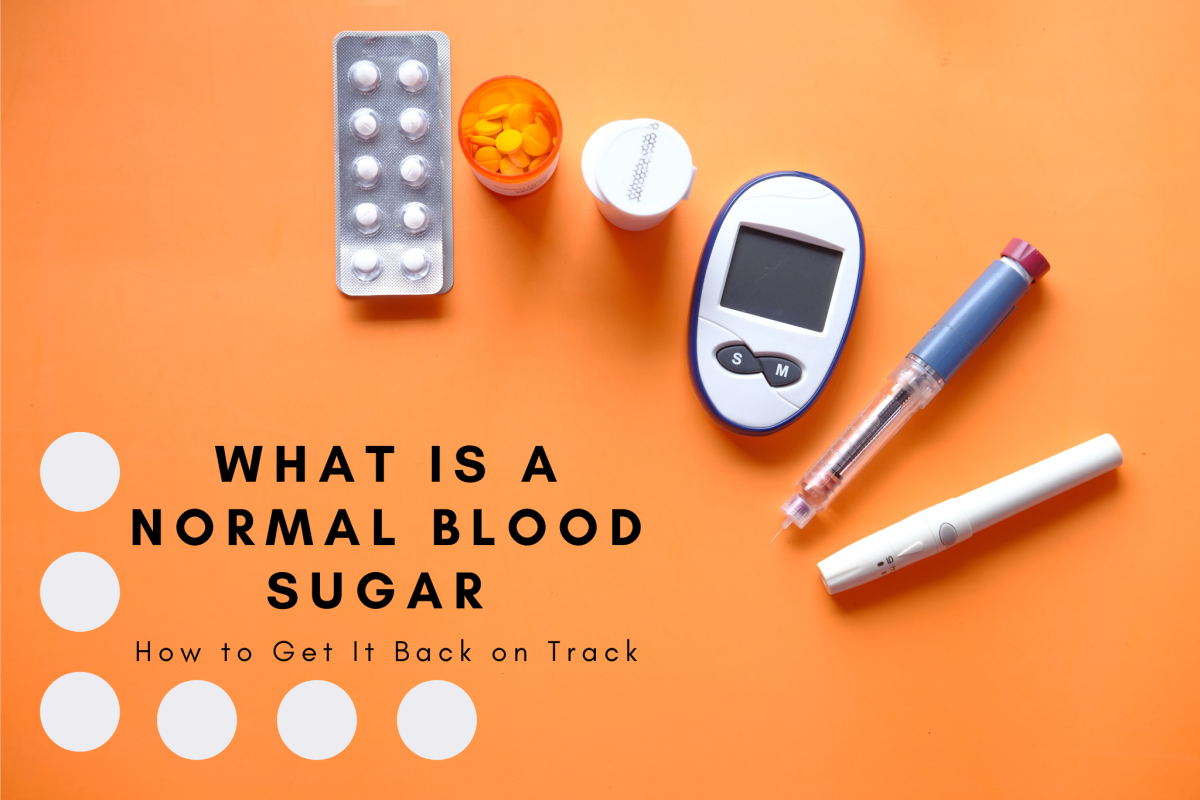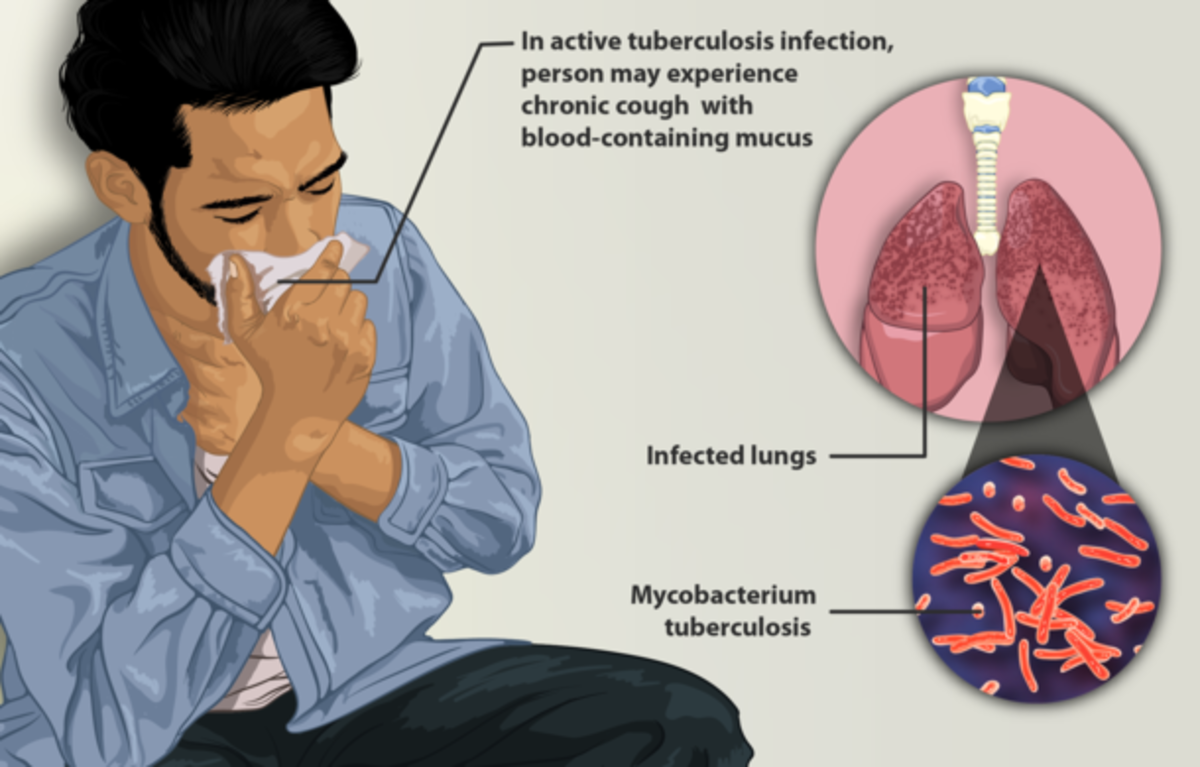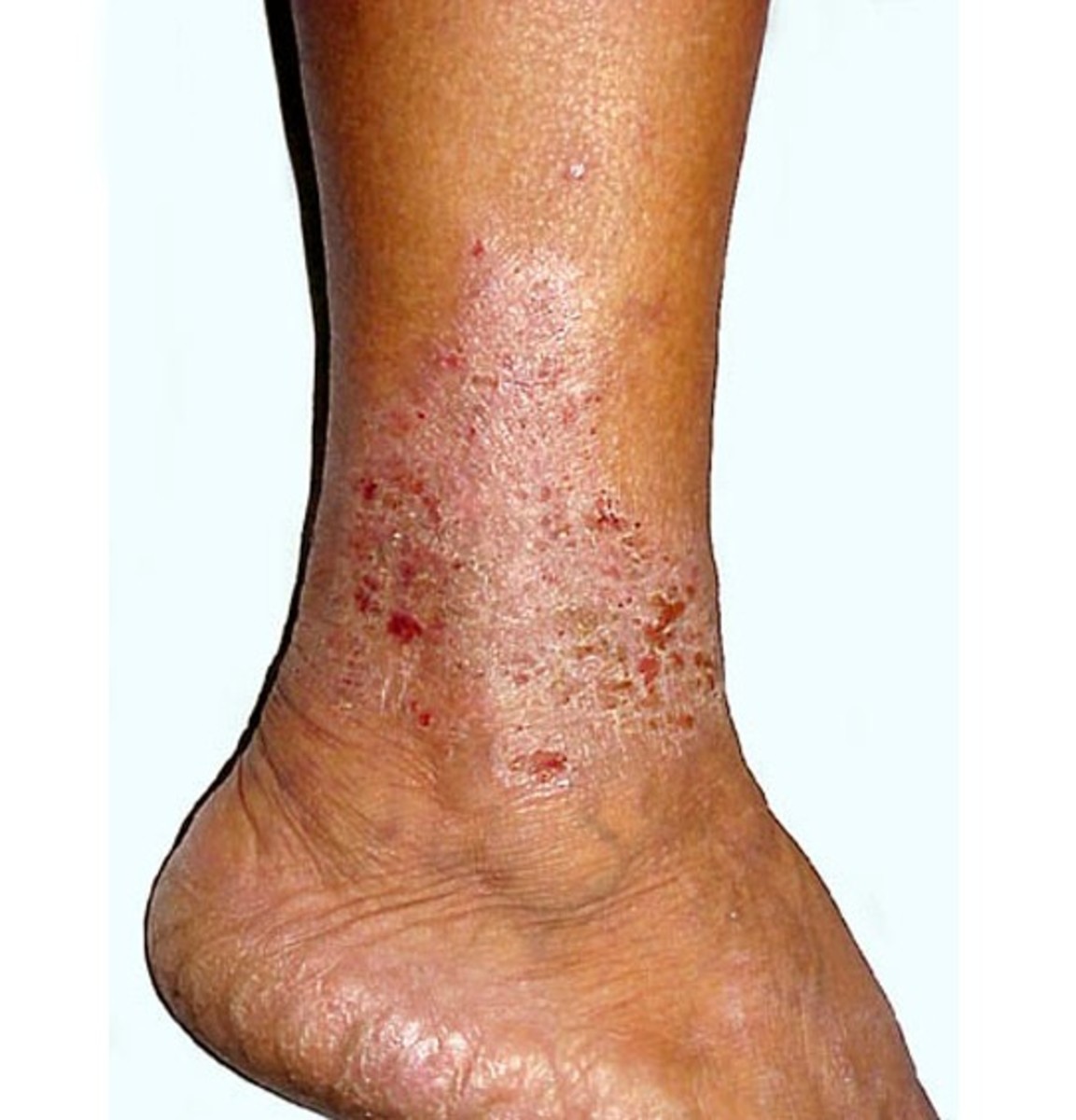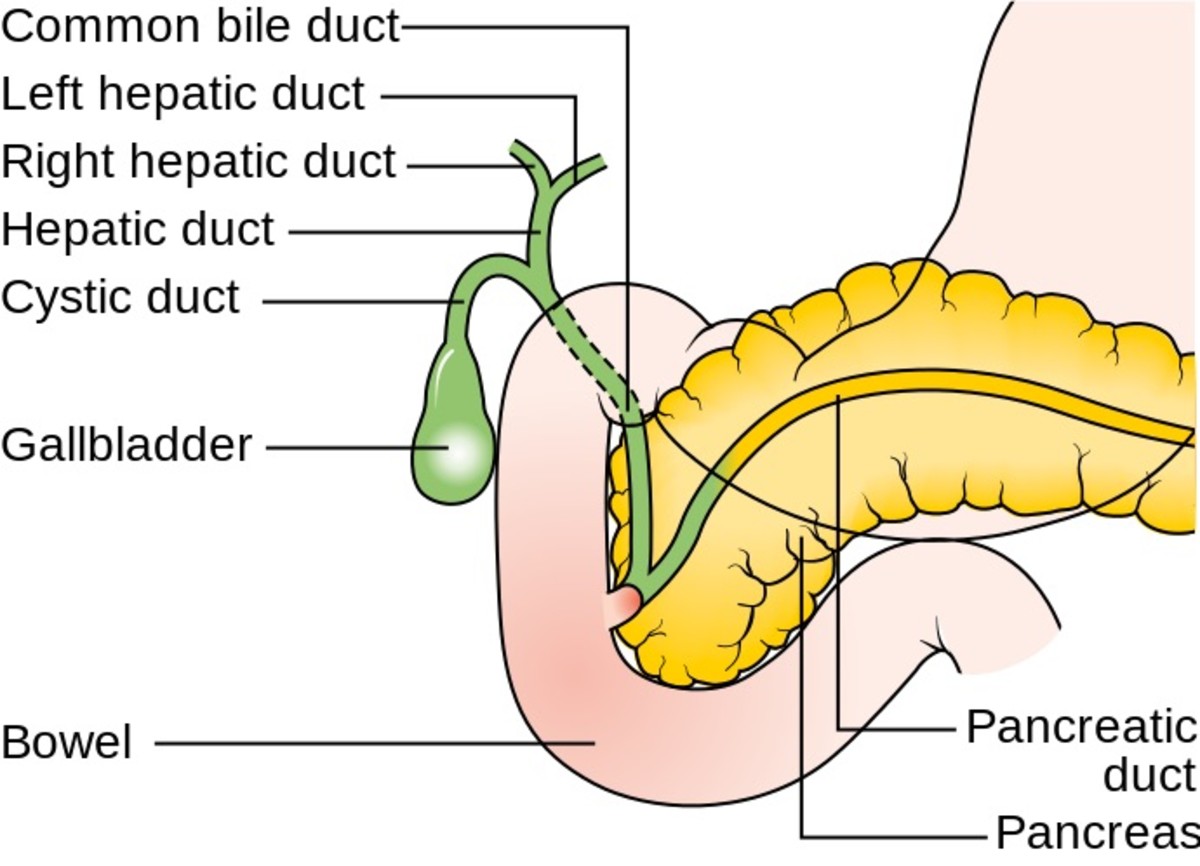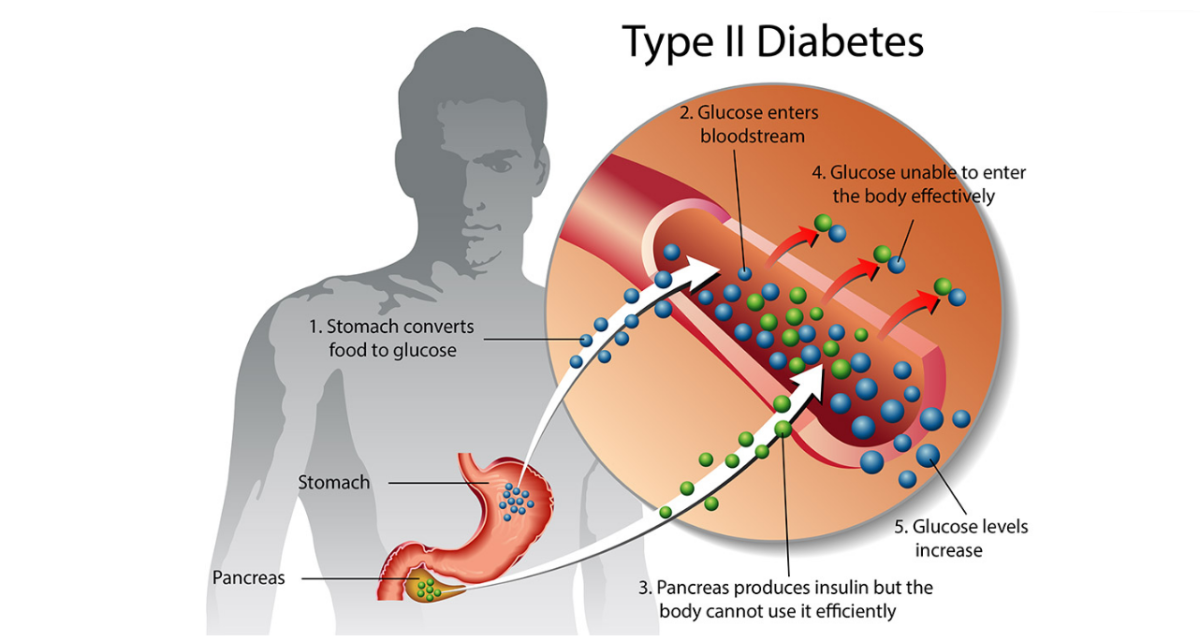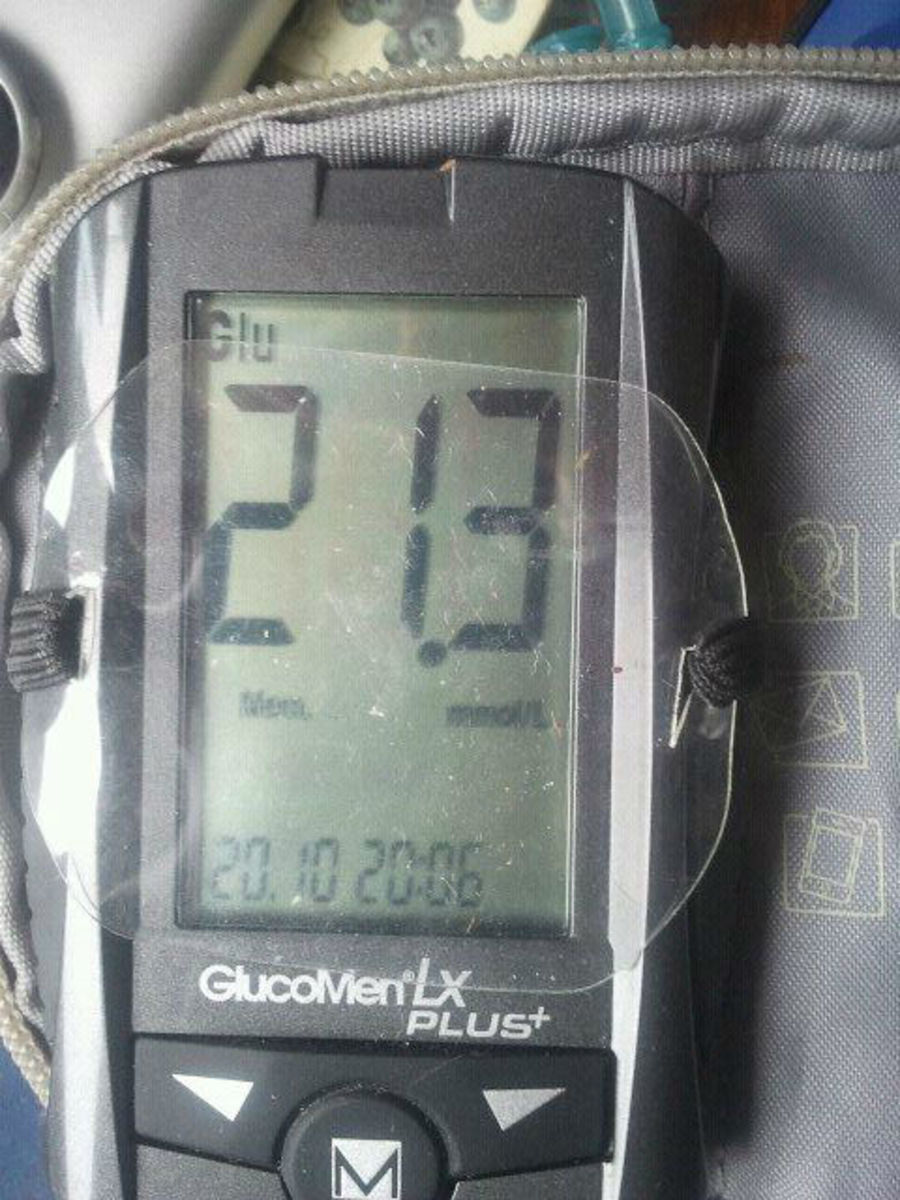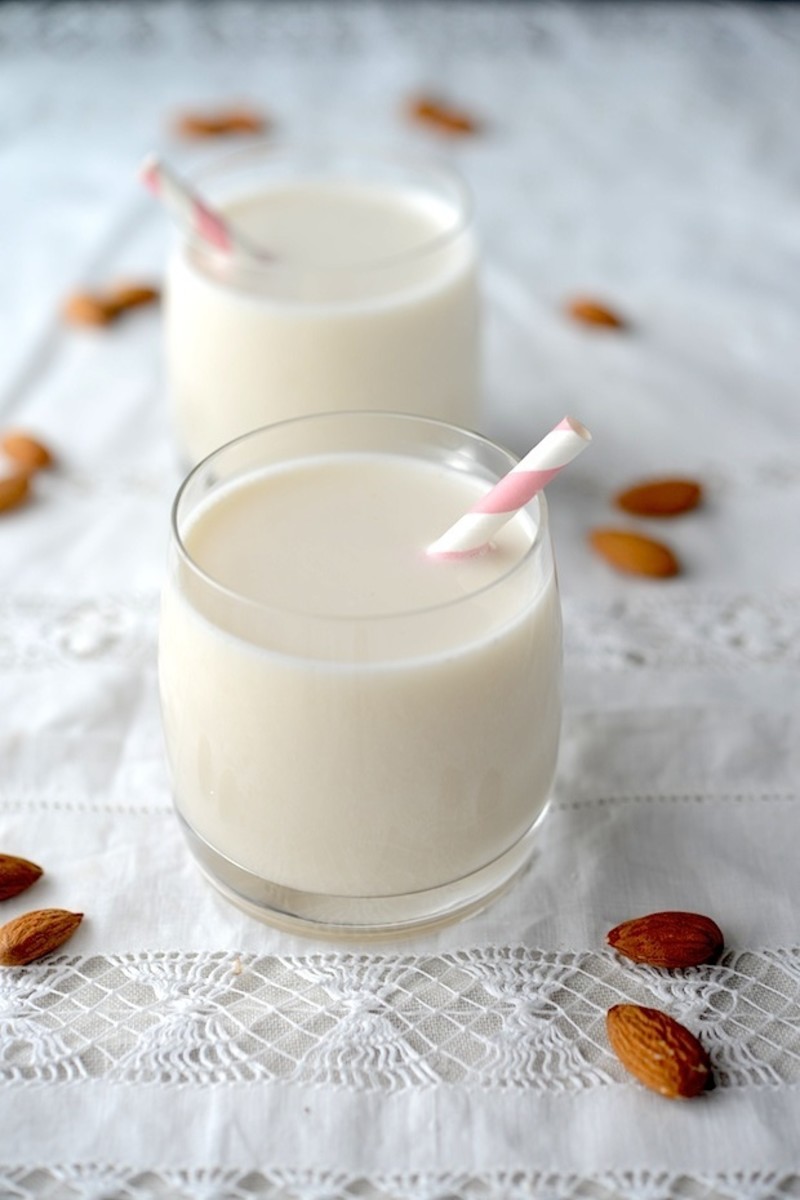Risks of Diabetes - Causes, Symptoms,diet, statistics , complications and treatment. How many people have diabetes.
Diabetes is a big concern these days, mainly because so many of us either have it or are at risk for getting it There are two types of Diabetes.
Type 1 Diabetes is usually diagnosed in children and occurs when the body does not produce insulin which is necessary for the body to be able to use sugar.
Type 2 diabetes is more common and happens when the pancreas doesn't produce enough insulin or can't use the insulin it does produce. The biggest risk factor for getting Type 2 diabetes is being obese (around 20% over your ideal body weight) since you force your pancreas to work overtime.
Statistics
More and more are getting Diabetics every year. According to 2007 National Diabetes Fact Sheet, US.
- 17.9 million people are diagnosed with diabetics
- 57 million people have pre-diabetes
-1.6 million new cases of diabetes are diagnosed in people aged 20 years and older each year.
Prevalence of diabetes
Under 20 years of age
- 0.22% of all people in this age group have diabetes
- About 1 in every 400 to 600 children and adolescents has type 1 diabetes
- About 2 million adolescents aged 12-19 have pre-diabetes
Age 20 years or older
- 10.7% of all people in this age group have diabetes
Age 60 years or older
- 23.1% of all people in this age group have diabetes
Men/Women
- 11.2% of all men aged 20 years or older have diabetes and 10.2% of all women aged 20 years or older have diabetes
Race and ethnic differences
- 6.6% of non-Hispanic whites
- 7.5% of Asian Americans
- 11.8% of non-Hispanic blacks
- 10.4% of Hispanics
Complications
Heart Disease and Stroke
In 2004, heart disease was noted on 68% of diabetes-related death certificates among people aged 65 years or older.
High blood pressure
In 2003–2004, 75% of adults with self-reported diabetes had blood pressure greater than or equal to 130/80 mmHg, or used prescription medications for hypertension.
Blindness
• Diabetes is the leading cause of new cases of blindness among adults aged 20–74 years.
Kidney disease
• Diabetes is the leading cause of kidney failure, accounting for 44% of new cases in 2005.
Nervous system disease (Neuropathy)
• About 60% to 70% of people with diabetes have mild to severe forms of nervous system damage.
Amputation
• More than 60% of nontraumatic lower-limb amputations occur in people with diabetes.
Eye complications
People with diabetes are at increased risk for eye complications. Most people with diabetes will get some form of retinopathy, a disorder of the retina. Keep your risk of glaucoma, cataracts and other eye problems low with regular checkups.
Foot complications
People with diabetes can develop many different foot problems like Neuropathy and Skin Changes in the foot. Calluses occur more often and build up faster on the feet of people with diabetes. Poor circulation (blood flow) can make your foot less able to fight infection and to heal. Many people with diabetes have artery disease, which reduces blood flow to the feet.
One of the biggest threats to your feet is smocking. Smoking affects small blood vessels. It can cause decreased blood flow to the feet and make wounds heal slowly. A lot of people with diabetes who need amputations are smokers.
How to avoid Diabetes ?
Two main ways to avoid Diabetes is healthy food and regular exercies. Eating well-balanced meals is an essential part of taking better care of your self. Prevent type 2 diabetes by getting and staying active.
Healthy Food
- Eat lots of vegetables and fruits.
- Eat non-starchy vegetables such as spinach, carrots, broccoli or green beans with meals.
- Choose whole grain foods over processed grain products.
- Include dried beans (like kidney or pinto beans) and lentils into your meals.
- Include fish in your meals 2-3 times a week.
- Choose lean meats like cuts of beef and pork that end in "loin" such as pork loin and sirloin. Remove the skin from chicken and turkey.
- Choose non-fat dairy such as skim milk, non-fat yogurt and non-fat cheese.
- Choose water and calorie-free "diet" drinks instead of regular soda, fruit punch, sweet tea and other sugar-sweetened drinks.
- Choose liquid oils for cooking instead of solid fats
- Cut back on high calorie snack foods and desserts like chips, cookies, cakes, and full-fat ice cream.
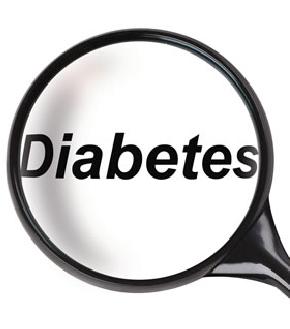
Exercises
Regular exercises is very important for a person with Diabetes. It helps control sugar level, weight loss and blood pressure.
There are two types of exercises
1. Aerobic exercise: Aerobic exercises inlcude walking brickly, cycling, dancing, swimming, jogging or some team sports. The main idea is to do steady exercise over a period of time that makes the body takes more oxygen.
2. Anerobic exercise : It consists of short burst of energy that work one part of the body at a time eg. weight lifting.
Both types of exercises are essential. For maximum benifit , aerobic exercises should be done 3-4 times in a week 20 minutes each time.
Herbal Medicine
Indians have a long history of using herbal medicines to cure diseases. Their ayurvedic medicines are very effective against several diseases.
- Pterocarpus marsupium (Indian Kino, Malabar Kino, Pitasara, Venga)
The tree is the source of the Kino of the European pharmacopeas. The gum-resin looks like dried blood (Dragon's blood), much used in Indian medicine. This herb has a long history of use in India as a treatment for diabetes.
- Bitter Melon
Bitter melon is composed of several compounds with confirmed anti-diabetic properties.
-
Gymnema Sylvestre (Gurmar, Meshasringi, Cherukurinja)
-
Onion and Garlic ( Allium cepa and Allium sativum)
Onion and garlic have significant blood sugar lowering action. Onion extract was found to reduce blood sugar levels during oral and intravenous glucose tolerance. The additional benefit of the use of garlic and onions are their beneficial cardiovascular effects. They are found to lower lipid levels, inhibit platelet aggregation and are antihypertensive. So, liberal use of onion and garlic are recommended for diabetic patients.
-
Fenugreek (Trigonella foenum-graecum)
-
Blueberry leaves (Vaccinium myrtillus)
A decoction of the leaves of the blueberry has a long history of folk use in the treatment of diabetes.
- Bilberry
Bilberry may lower the risk of some diabetic complications, such as diabetic cataracts and retinopathy.
-
Stevia
Stevia has been used traditionally to treat diabetes.
-
Ginkgo Biloba
Ginkgo biloba extract may prove useful for prevention and treatment of early-stage diabetic neuropathy.
- Cinnamon - Triples insulin's efficiency. Remember, this is an integral part of most of the Indian currys.
I am not an expert in Ayurvedic medicine. But I believe there are several books out there describing the dosage of these herbal medicines
Some useful links
- Diabetes Australia - Diabetes Australia
Diabetes Australia - http://www.diabetes.org/
- Diabetes UK home page - Diabetes UK
Diabetes UK is the largest organisation in the UK working for people with diabetes, funding research, campaigning and helping people live with the condition.

